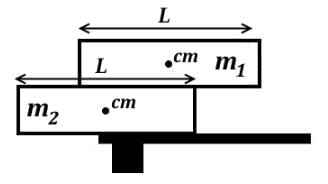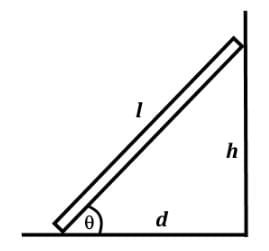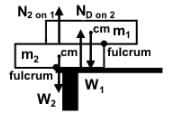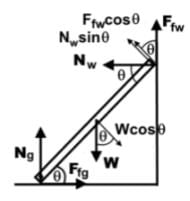Test: Force and Newton`s laws of Motion - MCAT MCQ
10 Questions MCQ Test - Test: Force and Newton`s laws of Motion
Which of the following statements describes what must be true in the context of Newton’s First Law?
Which of the following statements must additionally be true if it is determined that an object has zero acceleration?
Which of the following statements best describes an object undergoing uniform circular motion?
There is a force F acting on an object of mass m, which has an acceleration a. If the mass is doubled and the force is reduced by a factor of four, what is the acceleration of the new object?
Which of the following statements represents an example of an unbalanced force acting on an object?
Which of the following force pairs represents an action-reaction pair?
Suppose a moving truck with mass m1 and a velocity v1 collides with a moving convertible with mass m2 and velocity v2 resulting in both coming to a complete stop, where m1 is three times the value of m2 and v2 is three times v1. The truck collides with the convertible with a force F1. Which of the following statements accurately describes the resultant force F2 of the convertible?
A scientist with mass m is sitting on one end of a lifeboat of uniform density with mass 3m3, m. When he spots a rescue chopper in the distance, he walks a distance of L to the other side of the lifeboat to wave for help. Which of the following statements best characterizes the motion of the lifeboat?
Block 1 with mass m1 sits on top of Block 2 with mass m2. While m1 is greater than m2, they have an identical length L. Which of the following statements accurately describes the torques in this two-block system?

A ladder of length l of 6 meters is propped up on the wall at a height h of 5.1 meters above the ground. The bottom of the ladder is positioned at a distance d of 3 meters from the wall. There are static frictional forces at the wall and the ground that keep the ladder in place. Which of the following force components creates a positive torque if the fulcrum is placed at the bottom of the ladder? (FNW = normal force from wall, FNG = normal force from ground, FFW = friction force at wall, FFG = friction force at ground)






















